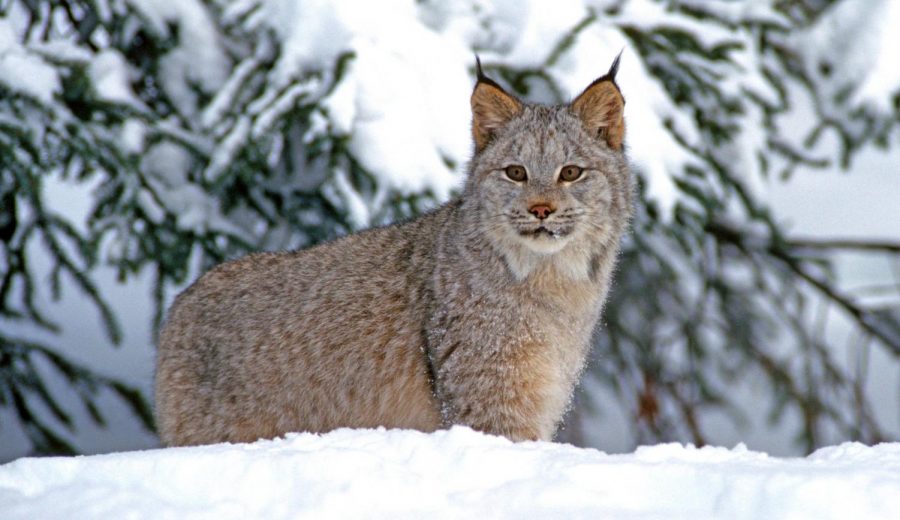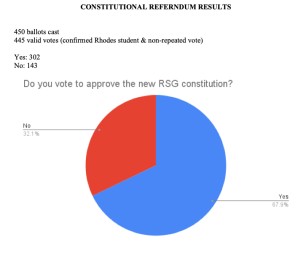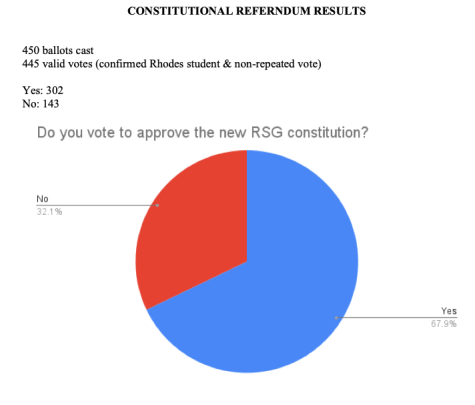Lynx’s protection under Endangered Species Act coming under assault
October 30, 2018
Since 1924, Rhodes College has been a welcoming home to the Lynx. However, Leroy the Lynx may soon serve as a symbol of nostalgia for a time when the animal once roamed happy and free in Northern America, but went extinct at the hands of economic greed.
In 1973 President Nixon signed the Endangered Species Act (ESA), designed to protect vulnerable animals from extinction as a consequence of economic growth and development. Currently, the ESA lists 1600 animals and plants in the U.S. as either endangered— high risk of extinction — or threatened — deemed likely to become endangered in the foreseeable future.
Since 1973, 99% of protected species have been saved from extinction.
From the start, the act has caused controversy for requiring the federal designation of ‘critical habitats’ that are regarded vital to protected species’ survival. This limits commercial activities for energy development like construction, mining, and logging. In the last 20 years, Republicans in congress have recommended more than 378 bills to cripple the power of the ESA, with 45 bills written this year alone.
With only a few hundred left, Lynx are among the most endangered felines in North America. Federal biologists estimated that as of early 2017 there are between 20 and 100 Lynx in the state of Washington, where they are hunted for their fur. Early January, the Trump administration and the U.S. and Fish and Wildlife Service announced their plan to remove endangered species protections for the Canada Lynx.
“The Trump Administration’s decision that lynx no longer deserve federal protection is shameful, cavalier, and contrary to best available information,” Dave Werntz, the Science and Conservation Director at Conservation Northwest, said in an official statement. “It’s clear that lynx are facing extinction threats and warrant federal wildlife protections.”
In September thousands of scientists jointly accused Trump and his administration of trying to dismantle the ESA in favor of his myopic obsession to achieve “energy dominance”.
Trump’s America First energy plan relies on placing a few private interests ahead of those of the public. Over the course of this congress, bills and amendments have been introduced containing plans to allow consideration of economic impacts in listing decisions, giving free reign for oil and gas companies to drill on land that might have been considered critical habitat, which would ensure that hundreds of species never get protected by the ESA. Just this month news of the U.S Supreme Court nominee Brett Kavanaugh overshadowed the natural resource committee’s vote to pass five bills that would shatter protections for endangered species.
If you want to join the fight to block bills that threaten the ESA and vulnerable animals, from undermining the use of best accessible science to obstructing access of judicial review to regulating citizen petitions, you can take action by calling your congressional representatives before this legislative year ends.














